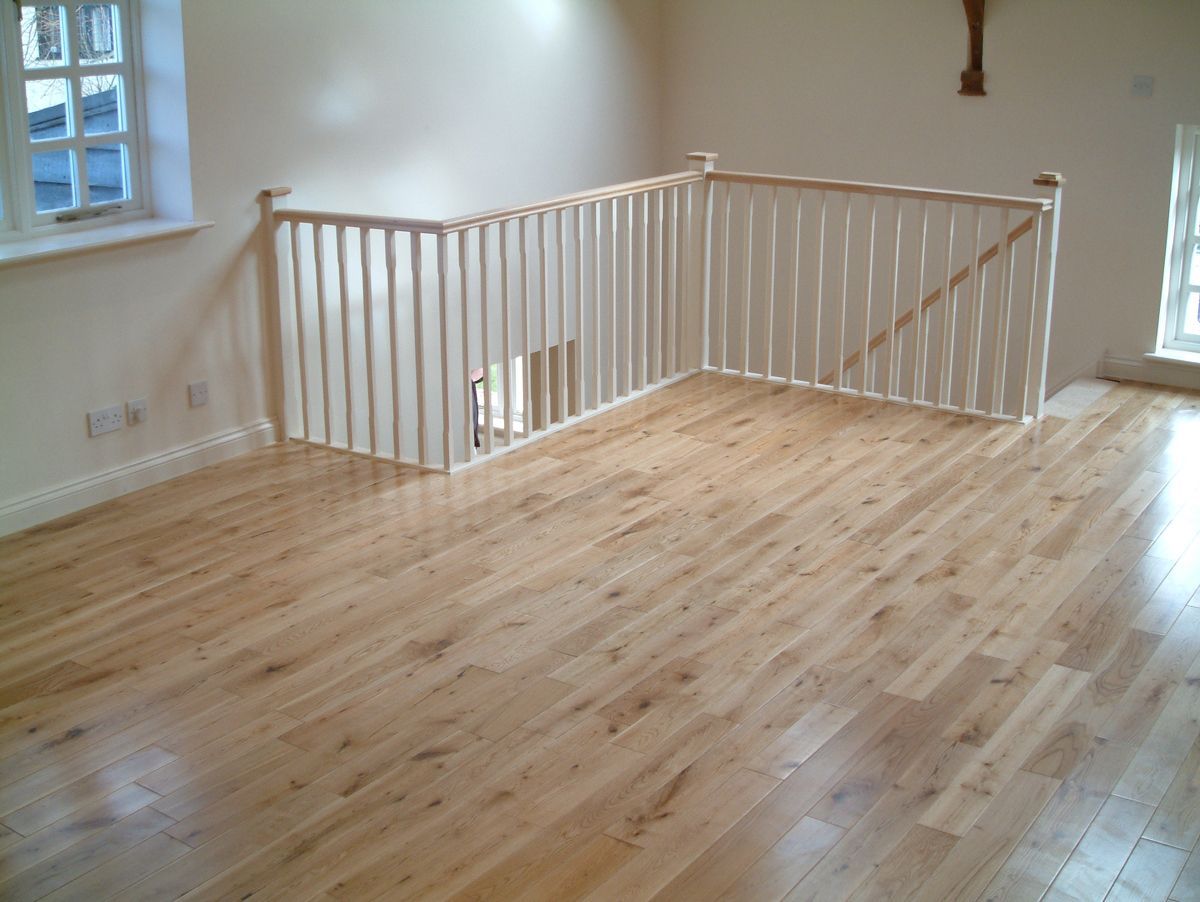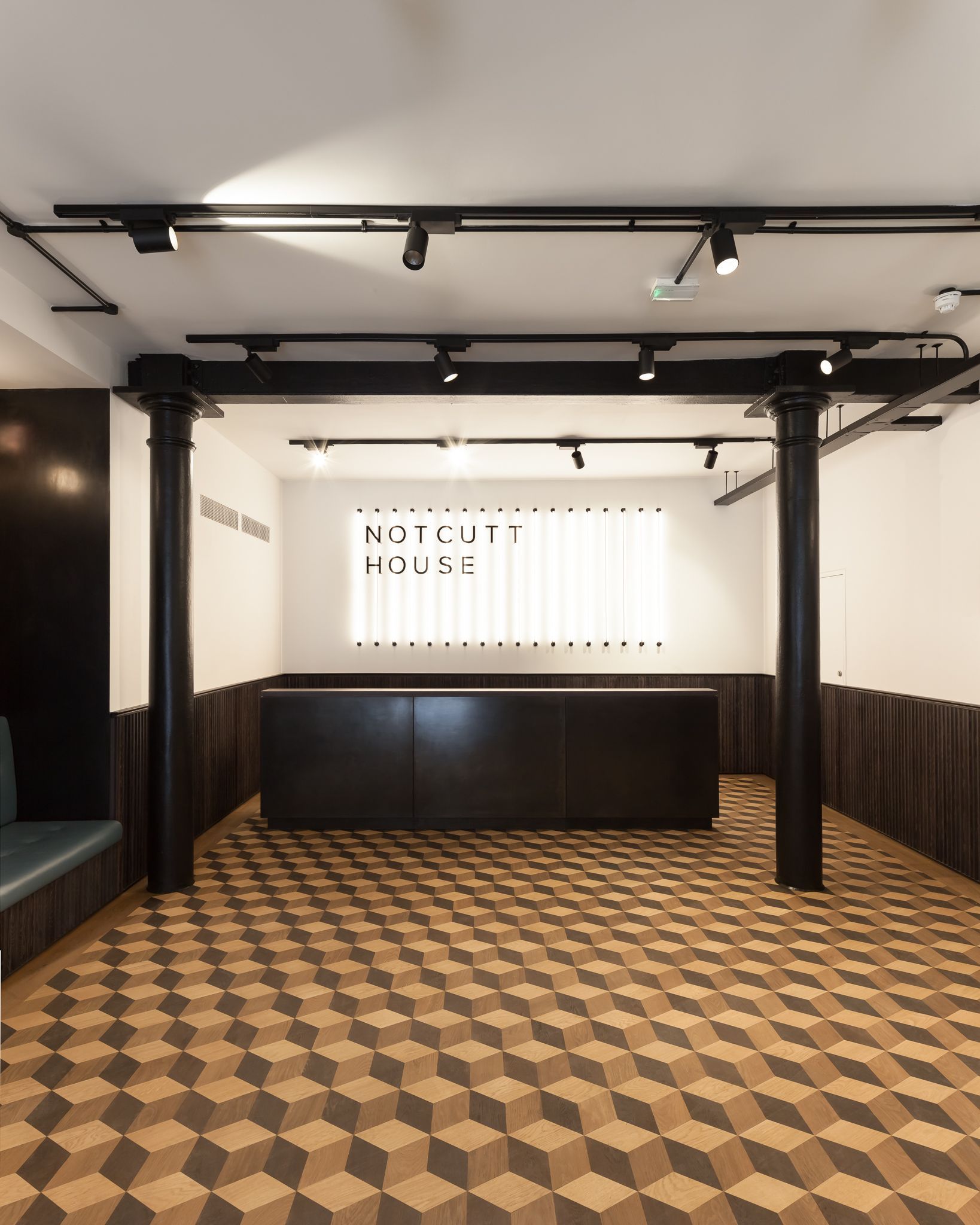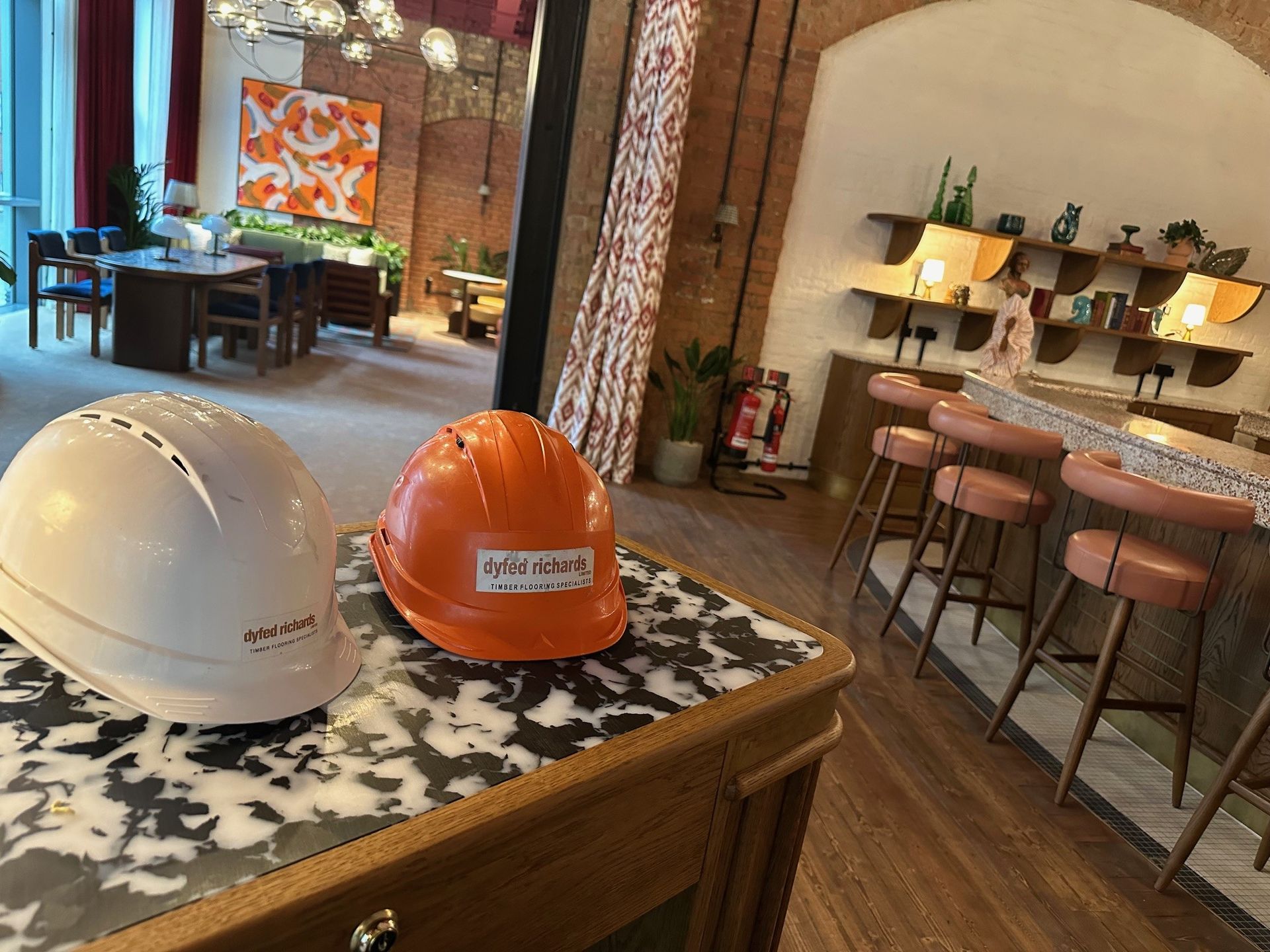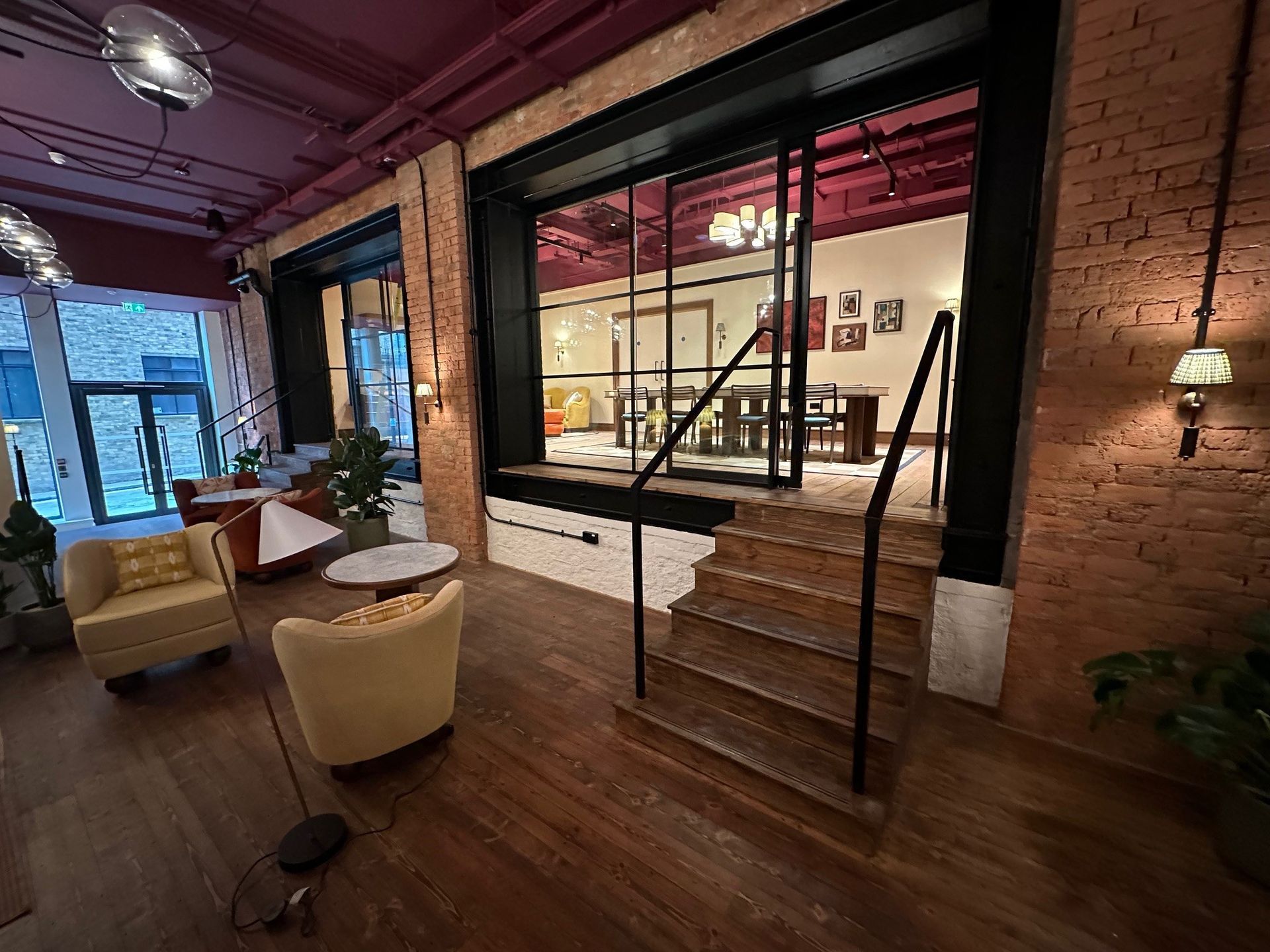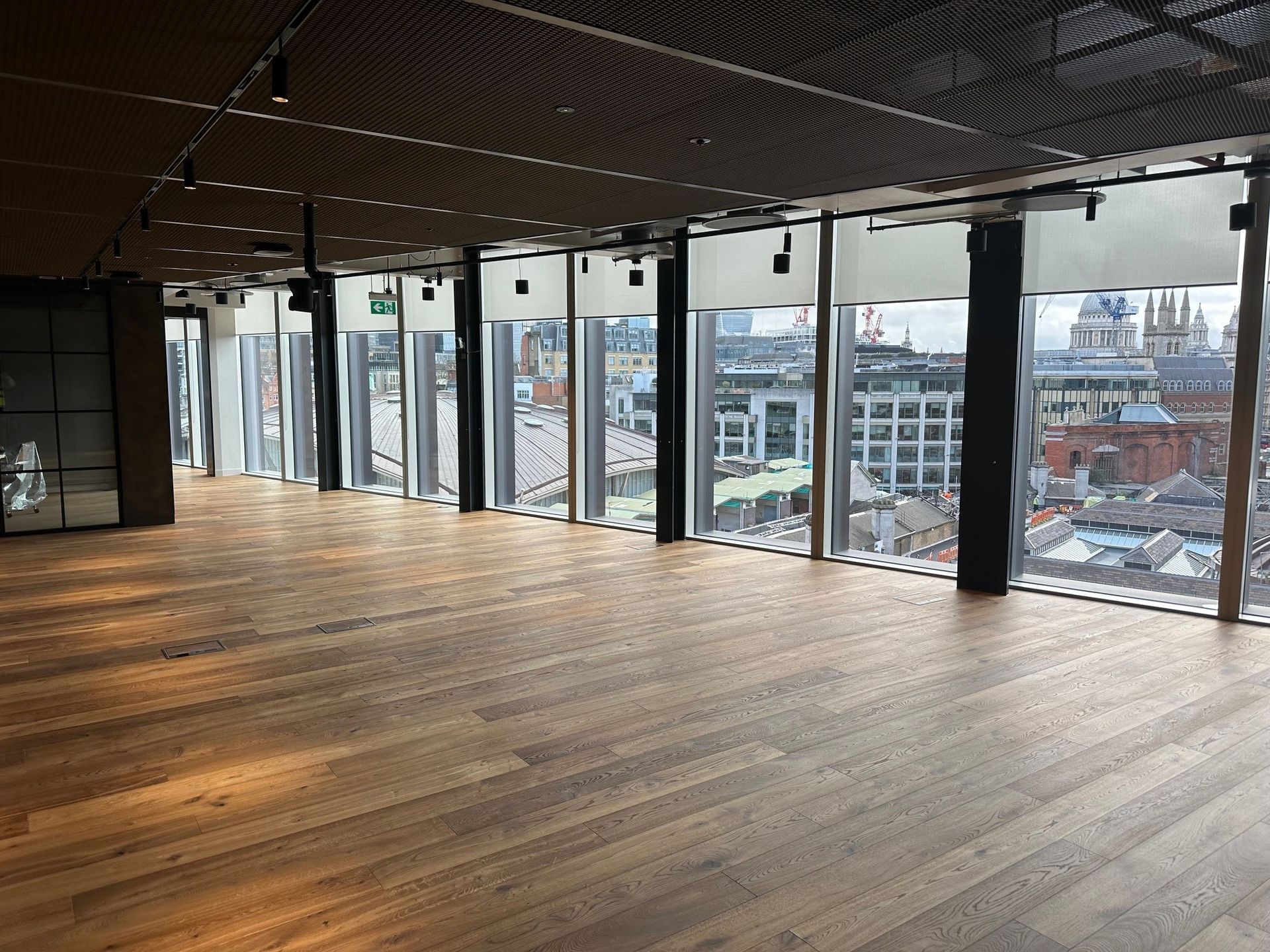Choosing Between Oil and Lacquer Finishes for Wooden Flooring: Expert Guidance
Understanding the merits of oil and lacquer treatments to select the ideal finish for your interiors

Wooden flooring introduces enduring elegance and warmth to any interior. Selecting the appropriate finish determines not only the aesthetic outcome but also the durability and ease of upkeep. This guide compares oil and lacquer treatments to help you choose the optimal solution for your space.
Oil Finishes: Natural Character and Simple Touch-Ups
Oil treatments penetrate the timber providing a subtle matt or satin appearance. They enrich the grain’s depth and preserve the wood’s natural breathability. A floor treated with oil will develop a gentle patina over time reflecting its history of use.
Oil finish benefits include a truly organic look and the ability to address scuffs by spot re-application of oil rather than sanding the entire surface. The treatment also accommodates small fluctuations in humidity by allowing moisture exchange between the timber and the room environment. On the other hand periodic re-oiling is required to maintain protection and sheen. Following application the wood needs several days to cure fully before furniture can be returned to the room. Uneven application may produce slight variations in surface sheen but this characteristic often enhances the rustic charm.
Oil finishes are particularly well suited to interiors that value warmth and authenticity. Consider oil treatments for:
- Period property restorations where preservation of original character is essential
- Residential living rooms or bedrooms subject to moderate foot traffic
- Spaces designed to evoke a rustic or organic ambience
Lacquer Finishes: Uniform Sheen and Robust Protection
Lacquer creates a continuous hard film atop the wood that delivers a more uniform sheen and greater resistance to stains and wear. Following application rooms can often be reopened more quickly than with oil treatments thanks to rapid surface drying. A lacquered floor retains a crisp smooth finish and proves highly effective in busy environments.
The solidity of the lacquer layer renders it less permeable and so less forgiving of moisture fluctuations. In the event of deep scratches the only remedy is usually to sand back to bare timber and refinish the entire area. Some may also find the high lustre effect of lacquer more synthetic than the subdued natural tones achieved with oil. Nevertheless the ease of routine cleaning with a damp mop and the longevity of the sheen make lacquer an attractive choice for spaces where minimal ongoing maintenance is required.
Lacquer finishes perform exceptionally in:
- Commercial settings such as retail outlets and hospitality venues
- Open plan offices where high footfall demands a resilient surface
- Areas requiring a rapid return to service after installation or renovation
Deciding Which Finish Suits Your Project
Several factors will guide your choice. First assess anticipated foot traffic and usage patterns. An oil finish brings warmth and straightforward local repairs when use is light to moderate. In contrast a lacquer finish offers robust protection for busy areas. Next consider the visual impact required. Use oil where the natural grain and organic texture are to be celebrated. Opt for lacquer for a sleek uniform sheen that complements contemporary schemes. Maintenance preferences also play a part. If you welcome an annual ritual of re-oiling you will enjoy the evolving beauty of an oil finish. If you prefer a set and forget solution require only an occasional mop to maintain its appearance choose lacquer. Finally review environmental conditions. Oil absorbs small variations in humidity more readily. Lacquer seals the timber and is best used where climate control maintains consistent moisture levels.
Preparation Application and Maintenance
Proper subfloor preparation is essential for both finishes. Ensure boards are clean level and thoroughly dry. Sand to remove old coatings and achieve a uniform surface. For oil apply evenly along the grain using a lint free cloth or roller remove any surplus after thirty minutes and allow several days to cure. For lacquer apply thin even coats with a high quality applicator or spray system permitting full drying between each coat and before full load bearing.
To extend the life of an oil treated floor clean with a neutral pH wood floor detergent and perform targeted re-oiling in high traffic zones approximately every twelve to eighteen months. Lacquered floors benefit from routine damp mopping with approved floor detergents and occasional buffing to restore lustre.
Conclusion
Both oil and lacquer finishes present distinct advantages depending on traffic levels desired aesthetic maintenance commitment and environmental factors. By weighing these elements you can select a finish that delivers both enduring beauty and reliable performance for your wooden flooring.


